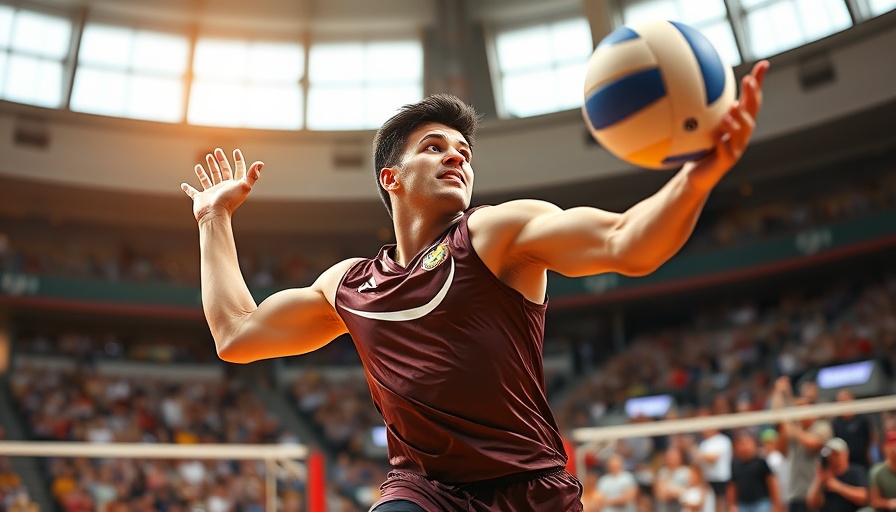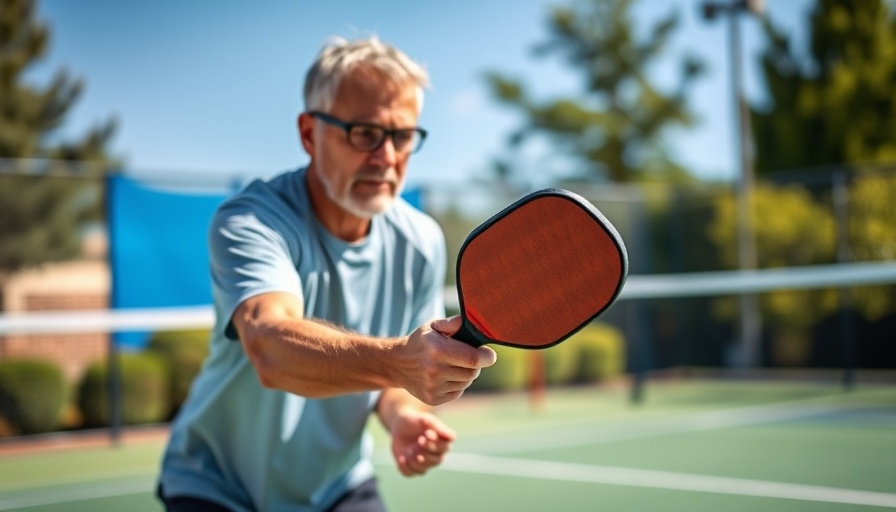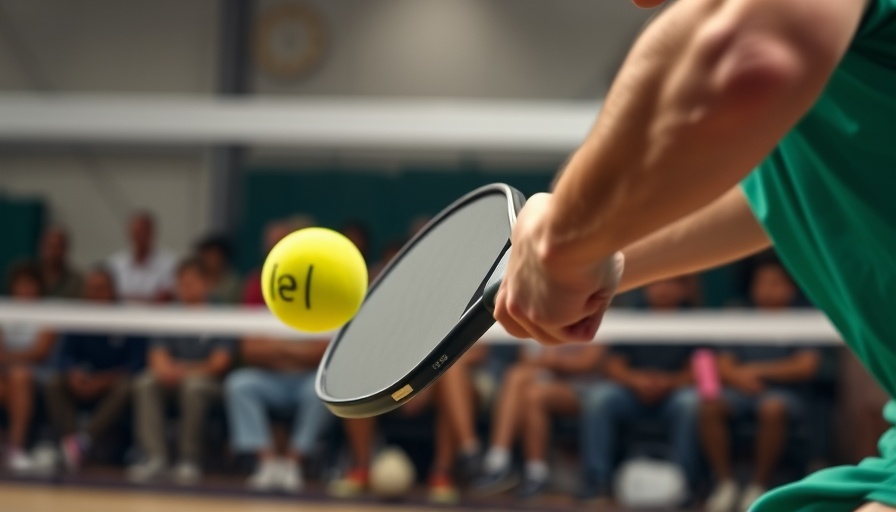
Mastering Topspin Without Wrist Action
In the dynamic world of pickleball, the ability to generate consistent topspin on your dinks is crucial for effective play. But what if I told you that relying on your wrist could actually hinder your performance? According to top professional player James Ignatowich, the key to achieving that all-important topspin without risking inconsistency lies in proper paddle technique.
The Right Technique for Consistency
The crux of Ignatowich's approach lies in starting your paddle motion below your hand position. Rather than flicking your wrist, you should push your paddle forward through the ball. This creates a reliable brushing motion that promotes consistent topspin—the element that gives you control during dinks. If you notice your wrist taking over during your strokes, it's essential to reset and prioritize your form. Wristy shots may score impressive points here and there, but they can be disastrous over the course of a match.
When to Use Wrist Action Wisely
While neglecting wrist action on dinks is advisable for maintaining accuracy, there are moments in pickleball where it truly shines. For example, when executing topspin rolls or making aggressive drives, utilizing wrist motion can indeed add both speed and spin to your strikes. However, remember that in dinking, power should not be your goal; control is the name of the game.
Final Thoughts on Topspin and Control
By focusing on your paddle's clean and consistent motion rather than wrist action, you can elevate your dinking game. This method not only enhances the quality of your gameplay but also ensures you make fewer errors. So, whether you're looking to refine your skills for a casual game or preparing for a tournament, keeping the wrist in check could be the secret element to your success.
 Add Row
Add Row  Add
Add 




Write A Comment